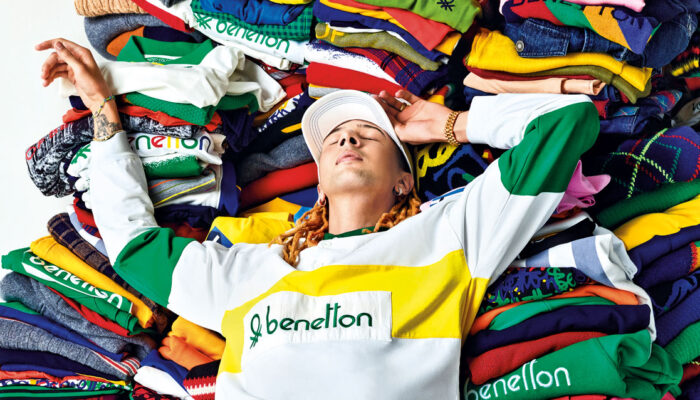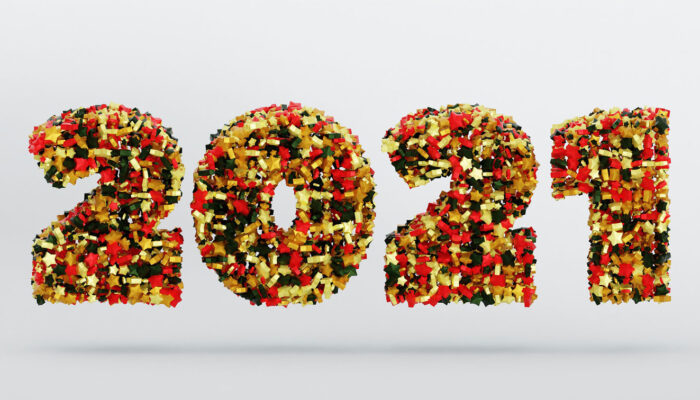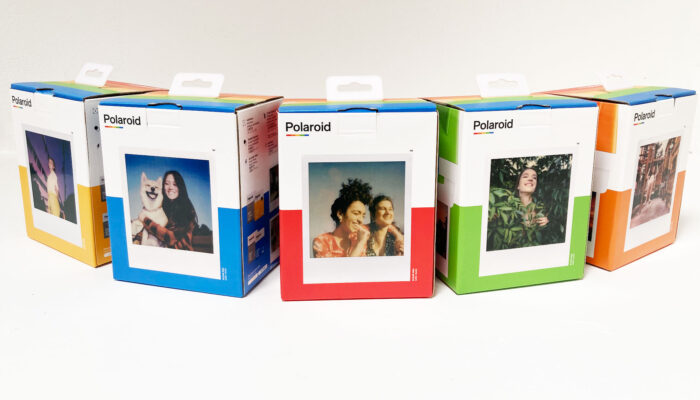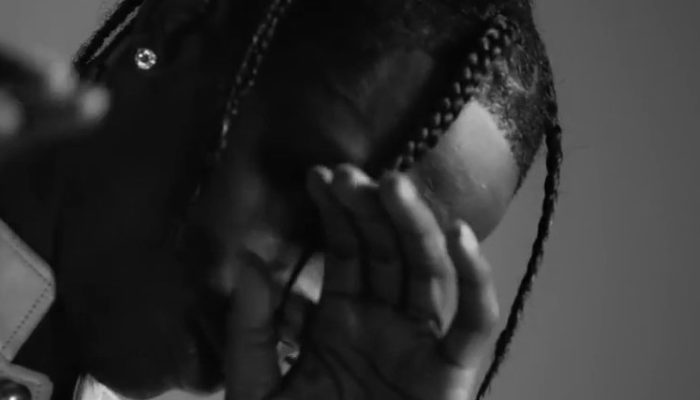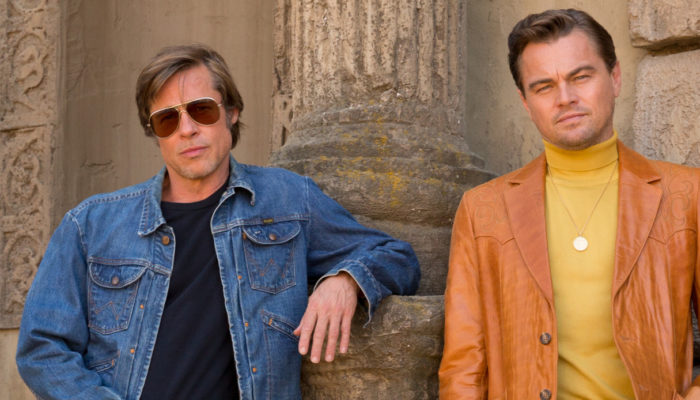Supaman, Prayer and Protest
Christian Takes Gun Parrish. Not your average birth name, not your average rapper. With the Dakota Pipeline controversy fresh in everyone’s minds, could there be a more opportune time to meet one of Native America’s most celebrated rap lyricists? Probably not.
Words by Kieran Yates. Photography by Alex Lambrechts.
“This is hip-hop.” Supaman’s arms are outstretched as he points out of the window of his black Escalade towards large expanses of golden, sunburnt fields.
Supaman, aka Christian Takes Gun Parrish, is talking to me from the driver’s seat as we drive along the freeway in Montana, from the town of Billings to the Crow Nation reservation. The MC and producer is characteristically animated and sticking his arm out of the window for dramatic effect as we whizz past: “This is the land where our stories were born – and one of those stories is hip-hop.”
Storytelling is key to Supaman’s hip-hop career and his early musical offerings – coarse, uncompromising tales of life as a young Native American in the USA were part of the hip-hop collective Rezawrecktion, founded in 2003. It set him up as an artist in his own right and the critical acclaim he attracted is starting to garner attention from the mainstream. This has always been his goal: to make sure that Middle America hears the stories that are happening right beside them.

“For us to embrace our culture and be able to celebrate and sing the songs that have been passed on is an honour and a privilege.”
Today, Parrish is driving me to Montana’s annual Crow Fair. At 2,300,000 acres, the Crow Nation reservation is one of the country’s largest. The event is a national celebration that brings together tribes of Native Americans from across Montana and further afield. As we drive, indicators that we’re getting close come in the form of Little Big Horn College and the Ammaaiisshuuwuua laundromat. For Parrish, it’s his civic duty to raise up his community and celebrate a history that he feels the white mainstream has made moves to erase.
“It’s important because there was a time when being native was being illegal,” he says. “You’d get thrown in jail for speaking your language, because they were trying to make us ‘white people’. That struggle is still happening today, so for us to embrace our culture and be able to celebrate and sing the songs that have been passed on is an honour and a privilege.”
As we talk, he tells me about an exciting phone call he received recently from Taboo from the Black Eyed Peas – “he’s from the Shoshone tribe” – who contacted him after watching the video for Prayer Loop Song, which so far has racked up almost 1,500,000 YouTube views. Taboo called him “an inspiration” and is keen to work with him. He isn’t alone. In the week before our shoot with him, it was confirmed that Supaman will be the MTV artist of the week, and following his MTV Wonderland show earlier this year, he has received accolades from the likes of Nelly Furtado and childhood hip-hop heroes The Pharcyde. “It’s crazy,” he grins. “I guess things are changing.”

“When you’re listening to music about economic deprivation and pride and being an outsider, you gravitate towards it. It was talking about their experience, but it resonated with us.”
He might be right. The amplified interest suggests that the world might finally be catching up to the hip-hop narratives provided by Native American communities. One of his best-known songs, the aforementioned Prayer Loop Song, with its defiant, pulsing, bass line, sees him in traditional Crow dress, beatboxing, scratching and looping the drum beats of a native prayer. It tells the narrative of how hip-hop speaks to different communities in the space of four minutes as he raps, “I pray for my friends and my enemies.” Set against the backdrop of his looped ancestral hums, this gives you a sense of just how Supaman’s ear for production is inspired by traditional music. The drums are in “double beat”, or “Crow hop”, depending on whether you go with traditionalist or modern descriptions, and the chanting of prayers and laments are harmonised to sit on top of manipulated 4/4 beats.
The story of hip-hop speaking to oppression is a universal one and, for a young Supaman, it was the frustration heard from the likes of Chuck D from Public Enemy and NWA that resonated. “I grew up listening to Public Enemy,” he says. “The first time I heard Fight the Power, I was like, ‘Pow! Yeah, OK, I’m gonna stand with this guy because he’s talking about us, too. When you’re listening to music about economic deprivation and pride and being an outsider, you gravitate towards it. It was talking about their experience, but it resonated with us and life on the res [reservation]. So I took that and ran with it.”

In reality, Native American artists have always existed. Supaman tells how fellow Native artists who were “making it in the community”, such as Litefoot and hip-hop collective Culture Shock Camp, inspired him to sell burgers on the res to fund his first MPC (music production controller, a type of electronic drum kit). “I got an MPC because Dre had one and I wanted to make beats like Dre,” he says. As a result, his early releases, such as 2007’s Crow Hop, were raw, hard-edged declarations that Natives were here and they weren’t going anywhere. They’re still sharp and thrilling to listen to, packed full of in-jokes that make the point that, for much of white Middle America – or even just the locals in Billings, who voted Trump in with more than a 70% majority – who don’t understand Native communities, all they had to do is listen in. I mention the humour of his skits and he explains them to my external ear.
“Humour is really important to our community,” he says. “So, I would make skits that only Natives would understand, like ‘yo momma’ jokes. So something like, ‘Yo momma’s so fat she has her own grand entry’ [During the Crow Fair, each tribe performs in the large circle of people that forms, in what is known as a grand entry.] or ‘Yo momma’s so fat that when she puts her jingle dress on her jingles stick straight out.’ You know, Natives get that.” When it’s mentioned to him that Christian Takes Gun might make an amazing hip-hop name in itself, he smiles, eyes fixed on the road. “Well, being here and being Native, it’s just normal life,” he shrugs. “To us, it’s not unique. We don’t know that until someone comes and tells us how valuable our culture is.”
Raising up his community has always been the driving force for the artist and now seems like the perfect moment for the world to take note, as the internet slowly and steadily galvanises his community. After all, how does it feel to be a Native in Trump’s America? “He’s not for Natives at all,” he sighs. “He doesn’t know what life is like on the res.” The context speaks for itself. Native Indian youth have the highest rate of suicide among all ethnic groups in the US, according to the US Department of Labor. The overall statistics point to high numbers of unemployment, with 2014 data showing an unemployment rate on the Blackfoot Reservation in Montana at 69% compared with the American national average of 6.7%.

In Supaman’s case he’s certainly representing an older generation of artists who have set the foundation for a new wave of voices to challenge and permeate the structures that have existed before. For a generation of young Native Americans, resistance to a history of ruptured identity is moving online. The reclamation of land and culture and rejection of mainstream education has been active and vocal (in 2015 a video denouncing the national heroism of Christopher Columbus went viral).
Last year, thousands of indigenous people gathered on the banks of the Missouri River to protest against the building of the Dakota Access Pipeline, something that Supaman has become increasingly vocal about. It’s said the proposed pipeline could potentially contaminate water quality for tribal communities and the protest gathered traction and followers including Leonardo DiCaprio, thanks to the power of social media. This is the energy that Supaman always hoped to amplify. He is providing one of many soundtracks to a social and political Native American experience starkly different to that of the chiefs and elders who have gone before.
We discuss how a new generation is mobilising online and he mentions how his music serves to educate a lost heritage and culture that is frequently unappreciated. “Being political is part of Native identity,” he says pointedly. “When you go to school, you think it’s one-way and then you grow up and you realise you’ve been taught lies and you’re mad. You’re angry. You start looking at white people differently. We’re told there is alcoholism and drugs and violence in our community, but we’re a spiritual people.” He pauses. “And a funny people.”

“We’re told there is alcoholism and drugs and violence in our community, but we’re a spiritual people. And a funny people.”
As we pull into the reservation, we pass the generation of Natives that Supaman is speaking to, barefoot on horses and heading across vast plains of land. Supaman walks over to a booth where his role is to provide a commentary for the grand entry of the various tribes and is immediately swarmed by young people high-fiving him and asking for selfies. His role here is as a sort of hip-hop hype man – to introduce each tribe and gently lambast them. When the Lakota tribe – which traditionally eats dog – comes out, he proclaims, “Here’s the Lakotas. We’re hoping to buy this new cookbook – 100 Ways to Walk a Dog!” He winks as he engages in friendly jokes with the Northern Cheyenne – historical enemies of the Crows.
Hundreds of people representing different tribes dance in circles, wearing purple dresses, imposing headdresses and capes with fur trimmings, and the air is filled with the glitter of sequins and jingle of bells on dresses as the land gets stomped. It is one of the many tribal events that Supaman performs at, in between travelling the country doing what he calls “historical trauma presentations” and releasing new music. Across the field are groups of young native men in drum circles, bending and stretching their vocal chords as they sing prayer songs.
This is a display of power in Trump’s American landscape, one where white male Republican imperial power is being challenged and the climate is shifting. This narrative, across this huge area of land, is a show of defiant, electrifying resistance. The message is clear: that a rupturing of history hasn’t ruptured identity.
While Supaman’s “Yo Momma” jokes are of a time, what he represents is a sea change – an opportunity for a community to see themselves differently, to stand up and be heard, online, off the reservation and out in the wider world. America is changing and, for a people used to shifting climates, they are perhaps best equipped to declare that when it comes to resistance, the place is here and the time is now. As the sun sets and I make my way off the reservation on my own, I hear Supaman’s directions shouting over at me: “You’ll find your way. You might not see us, but you’ll hear us.”
This article is taken from THE FALL’s first issue, on sale now.
